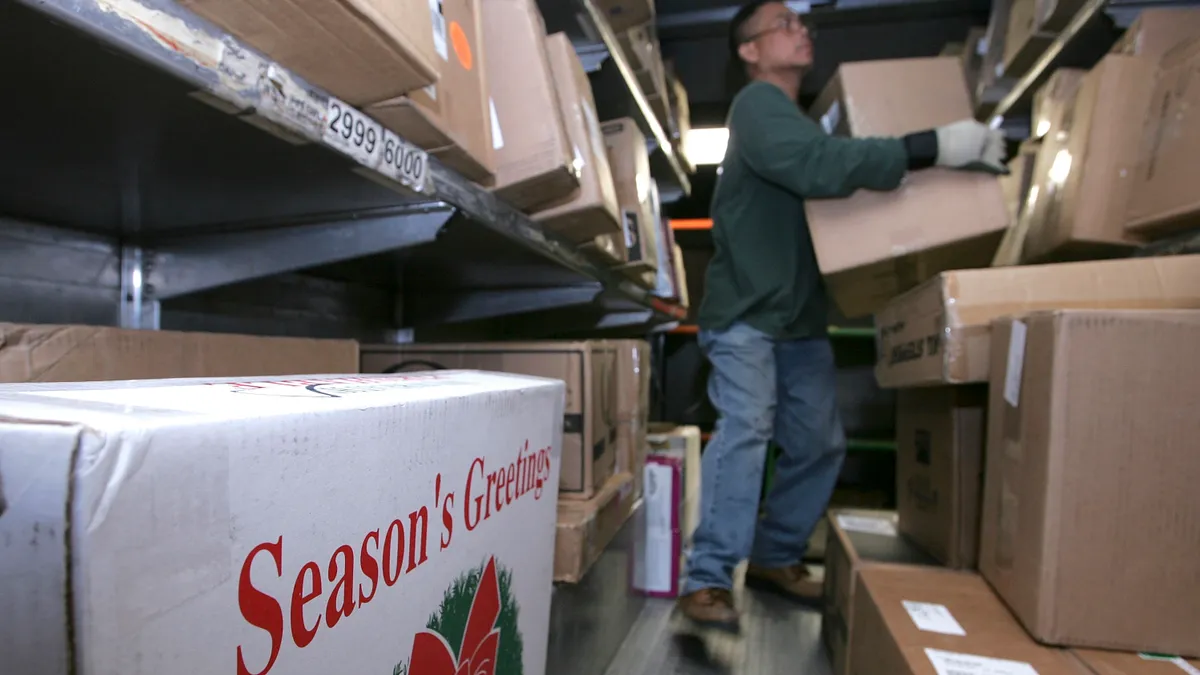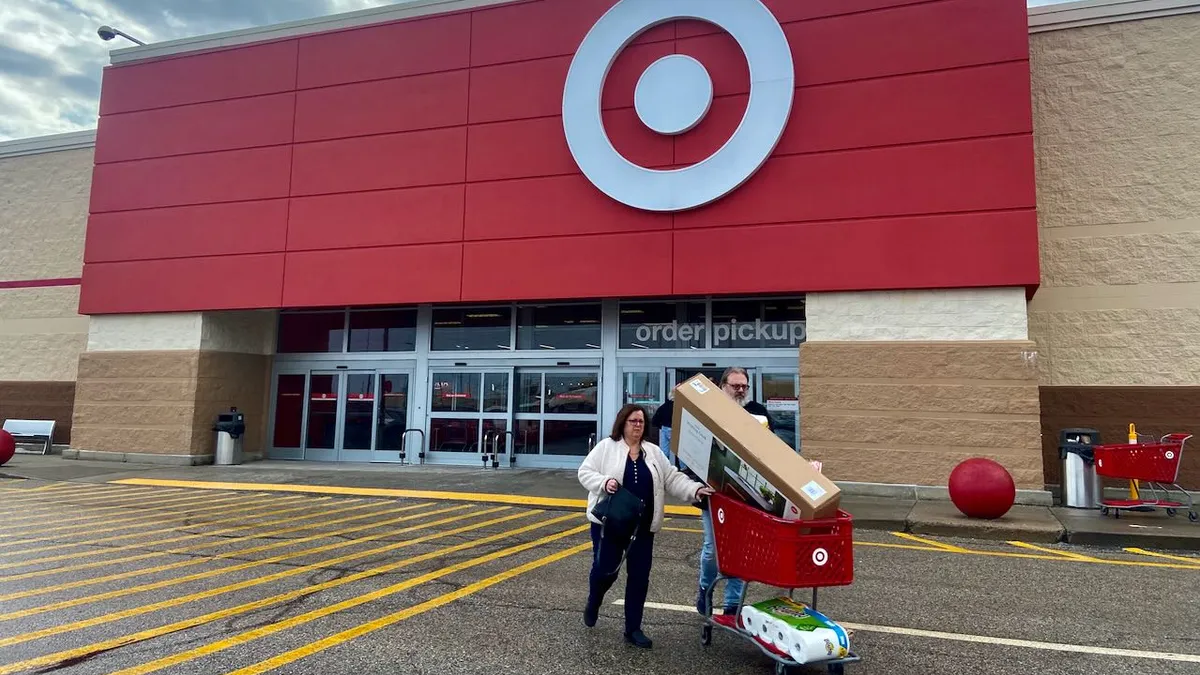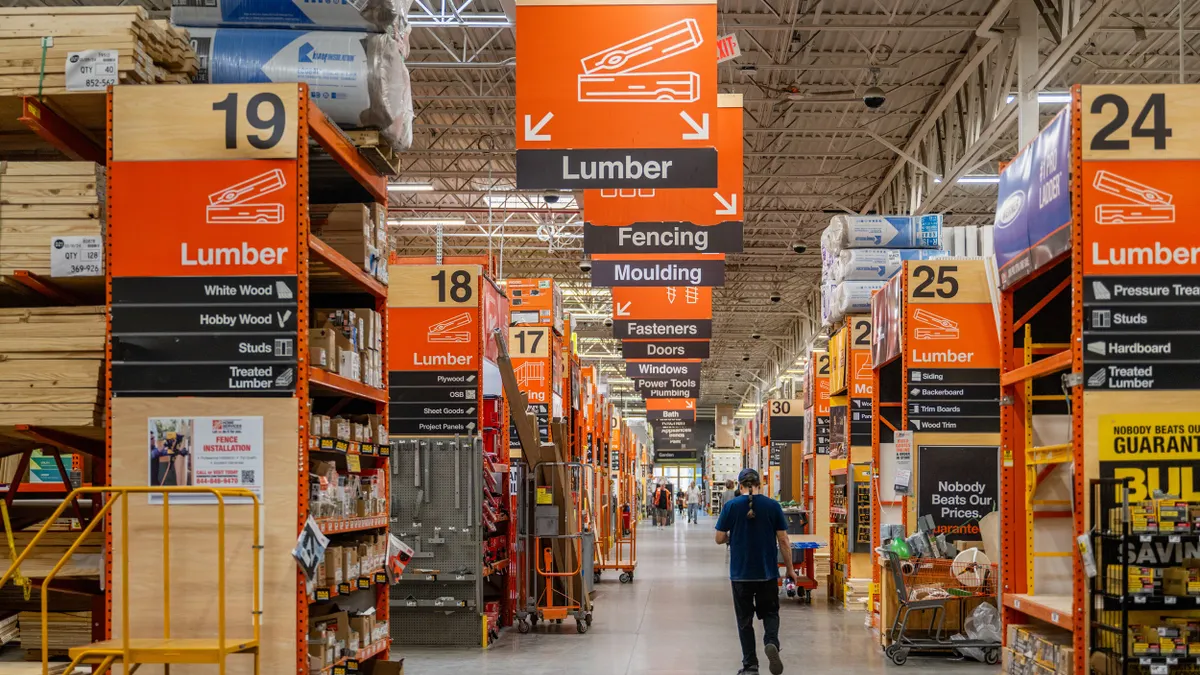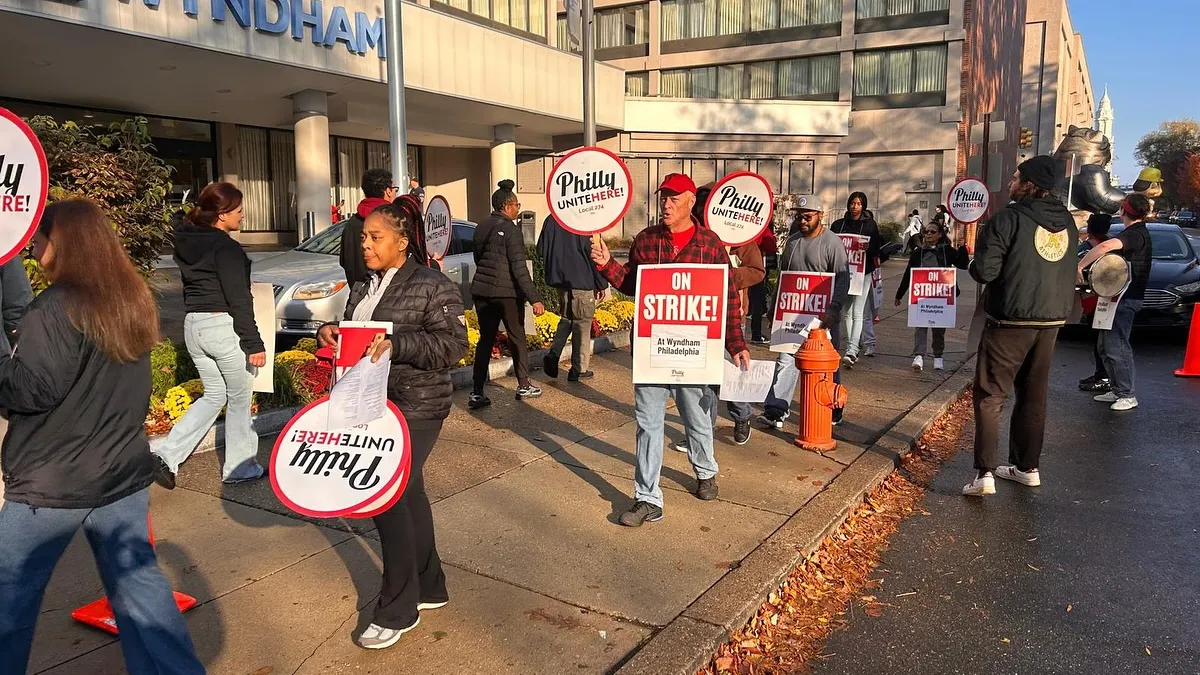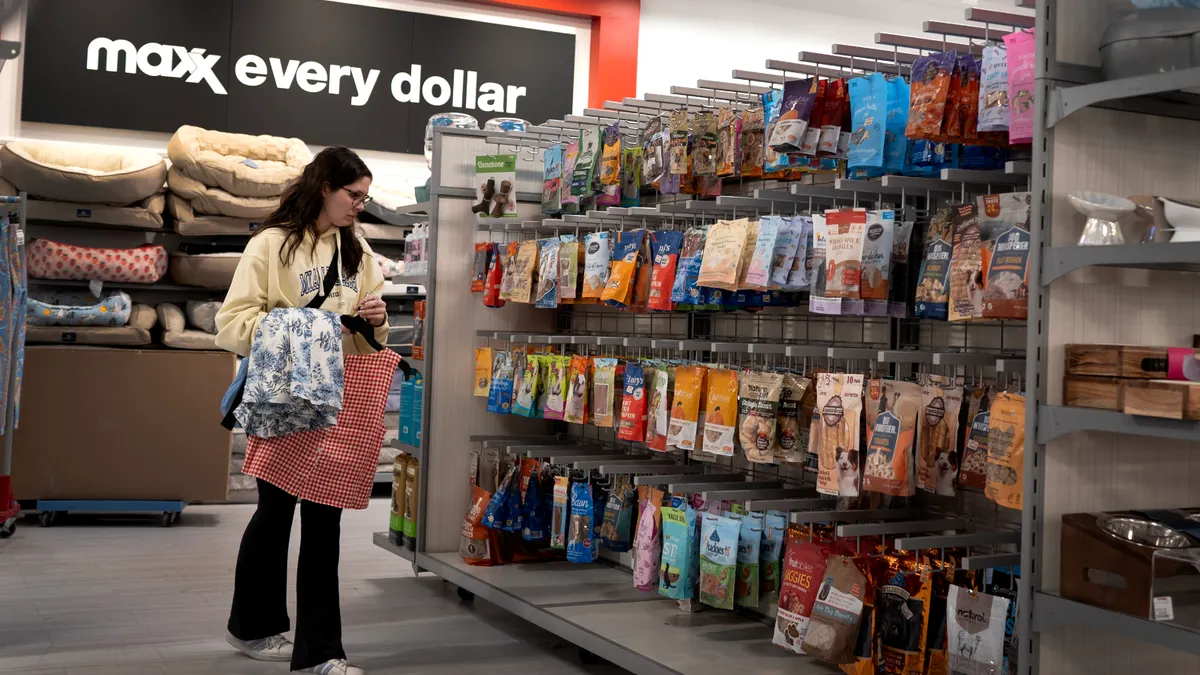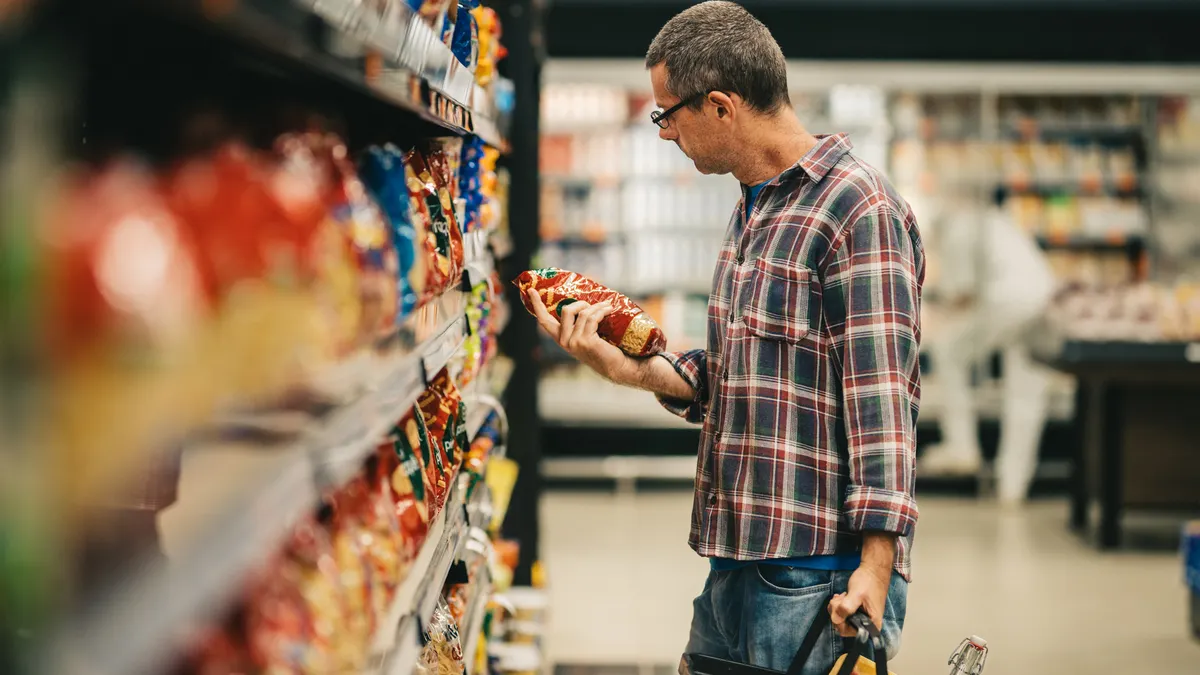The e-commerce experience doesn’t end when a shopper clicks buy. Retailers must be prepared to offer status updates as well as properly address late deliveries to turn first-time gift buyers into long-term customers.
The impact of a bad delivery experience can be significant, particularly during the holiday season. Three-quarters of consumers said that the reliability of delivery impacts where they shopped online in a holiday 2023 survey of 3,000 adults by Shipt.
"We have a lot on our plates,” said Jadah Hawkins, SVP and global market leader for retail and e-commerce at Alorica. “Places to go, people to see, desserts to eat, gifts to buy. So for the consumer, there's a lot of immense planning that takes place to accomplish all of these things."
"For the retailer, there's a tremendous amount of planning they have to do to meet higher expectations from the consumer,” Hawkins said.
This emphasis on planning contributes to nearly 7 out of 10 consumers wanting to know when their online order will arrive by looking at the estimated delivery dates, according to data from Parcel Monitor and Rakuten Insight Global.
The study found almost all consumers would be willing to switch to a competitor after just one instance of subpar customer service.
Take advantage of every channel
Holiday communications are a two-way street, and companies need to have options in place to efficiently handle incoming inquiries.
A proper mixture of self-service and live agents is key to assuaging last-mile doubts or troubleshooting issues.
“I think companies should invest in automation and nudge customers into that channel for the transactions that make sense to deliver through automation and self-service, and refocus their live agents on the remainder of services that are offered where customers prefer to talk to a person,” said John King, partner in the business transformation practice of Lotis Blue Consulting.
Self-service is great for simple tasks like tracking order status where speed is of the essence, according to Hawkins. However, websites can’t offer empathy like a real human. This is where live agents come into play.
“Self-service is good when things are easy and customers don't have a lot of time — they just want to get the general basic question or inquiry solved,” she said. “But when it comes to more complex, human-centric situations, you have to have a live agent.”
Live calls are more expensive than visits to an order tracking page, but if a customer can’t connect when they feel the need, it will lead to a miserable delivery experience. Don’t hide the number or otherwise discourage making the switch.
Consumers also need a voice throughout the delivery process, according to Hawkins. This includes letting them choose how they will receive updates or check their order status.
“If I choose to communicate in text, don't ask me for my email,” Hawkins said. “Don't communicate through the different channels that I opted out of. Use and respect my choice.”
Companies should start to think of social media as a channel for communication as well, according to Hawkins. Younger shoppers in particular are making purchases on TikTok, Instagram and Facebook, creating natural platforms for further interactions.
“I think that brands need to embrace and really leverage this as a form to reach out to new consumers and to solve problems for the consumer in real time where they want to be met,” Hawkins said.
Handle hiccups with speed and transparency
Even the most efficient last-mile operation can’t deliver every package on time, often due to factors outside of a retailer’s control. Companies need to be prepared to deal with this inevitability while minimizing the negative experience it can create for holiday shoppers.
“Retailers, over the last few years, have gone through many disruptive changes,” said Kassi Socha, director analyst at Gartner. “They should be prepared for a snowstorm to hit or an item to go out of stock. Those are two common scenarios that have occurred year after year, so retailers should have plans in place if one of those scenarios arises.”
Managing expectations starts at the checkout page. Estimated delivery dates are important, but companies should include the caveat that weather and other factors could mean shipping providers may not be able to hit these timelines, according to Socha.
Retailers with control over their own last miles should be proactive about problems they can detect, according to Hawkins. A transparent message sent ahead of time that lays out why the package is delayed and offers potential remedies can head off a frustrating experience.
This is also a great opportunity to suggest alternatives, such as picking up the item at a nearby store instead. Letting the shopper choose the new delivery date can also help salvage the experience by putting them back in control.
However, retailers can’t always get a message out ahead of a late delivery. In these cases, Hawkins and Socha agreed that quick and empathetic communication is essential. Lay out what happened and how the issue can be resolved, whether with a discount or another form of compensation.
“Don't blame the UPS or FedEx driver, because even though that may be a true statement, [customers] don't remember the logistics supplier,” Hawkins said. “They remember the brand. We need to own it. We need to fall on the sword. We need to take care of them for shopping with us.”



